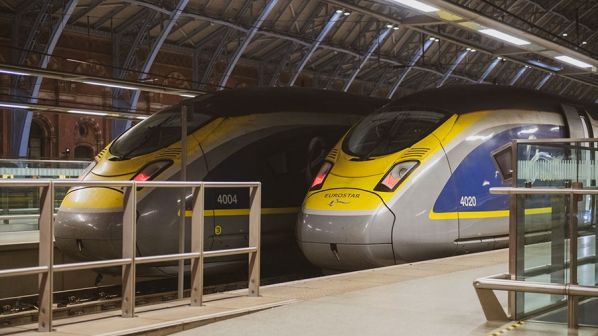Implementation of the system’s final build is currently scheduled for completion this summer.
The system, which will enable real-time performance monitoring of rail assets and the swift repair of faults, will be equipped on lifts, escalators and travelators in St Pancras International station, as well as on signalling equipment along the 109km line.
Sensors installed on assets will pick up and relay faults to maintenance teams via a private 5G network, enabling a quick dispatch to repair faults.
The system is expected to save time and money compared with traditional maintenance techniques, as well as enabling engineers to make more informed decisions that improve their own safety. HS1 Ltd says that the reduction in maintenance activities provided by the predictive maintenance system will also reduce the company’s CO2 emissions, contributing to the environmental targets as outlined in its Sustainability Strategy, which was unveiled in October last year.
The new system will also improve the flow of information between on-site and remote maintenance teams and improve the training of new maintenance staff.
HS1 Ltd says that the project is intended to support the British government’s National Digital Twin programme. The company says that the system could improve productivity and cut costs at more than 3000 railway stations across the wider British network.
The project was funded by the government’s Innovation UK agency, and will be developed by HS1 in partnership with infrastructure manager Network Rail High Speed (NR), augmented/virtual reality simulation specialist Pauley Group, 5G network company Athonet UK, and the University of Sheffield’s Advanced Manufacturing Research Centre (AMRC).
Under the arrangement:
- HS1 will provide high-level oversight and technical support/guidance, in line with its Data and Asset Information strategy
- NR will provide technical guidance/support and safety assurance, and will be the main end user of the application following its completion
- Pauley will create the augmented reality (AR) and Digital Twin visualisation elements
- AMRC will design and oversee the installation of the system’s condition sensing and monitoring capabilities, and
- Athonet UK - will design and oversee the installation of the private 5G network.
The announcement follows the unveiling of a digital twin model for London’s planned HS2 Old Oak Common in early 2020. The project was developed in partnership between HS2 Ltd, the Pauley, SME, the National College for High Speed Rail and Inventya, and funded by the Department for Transport and Innovate UK.

